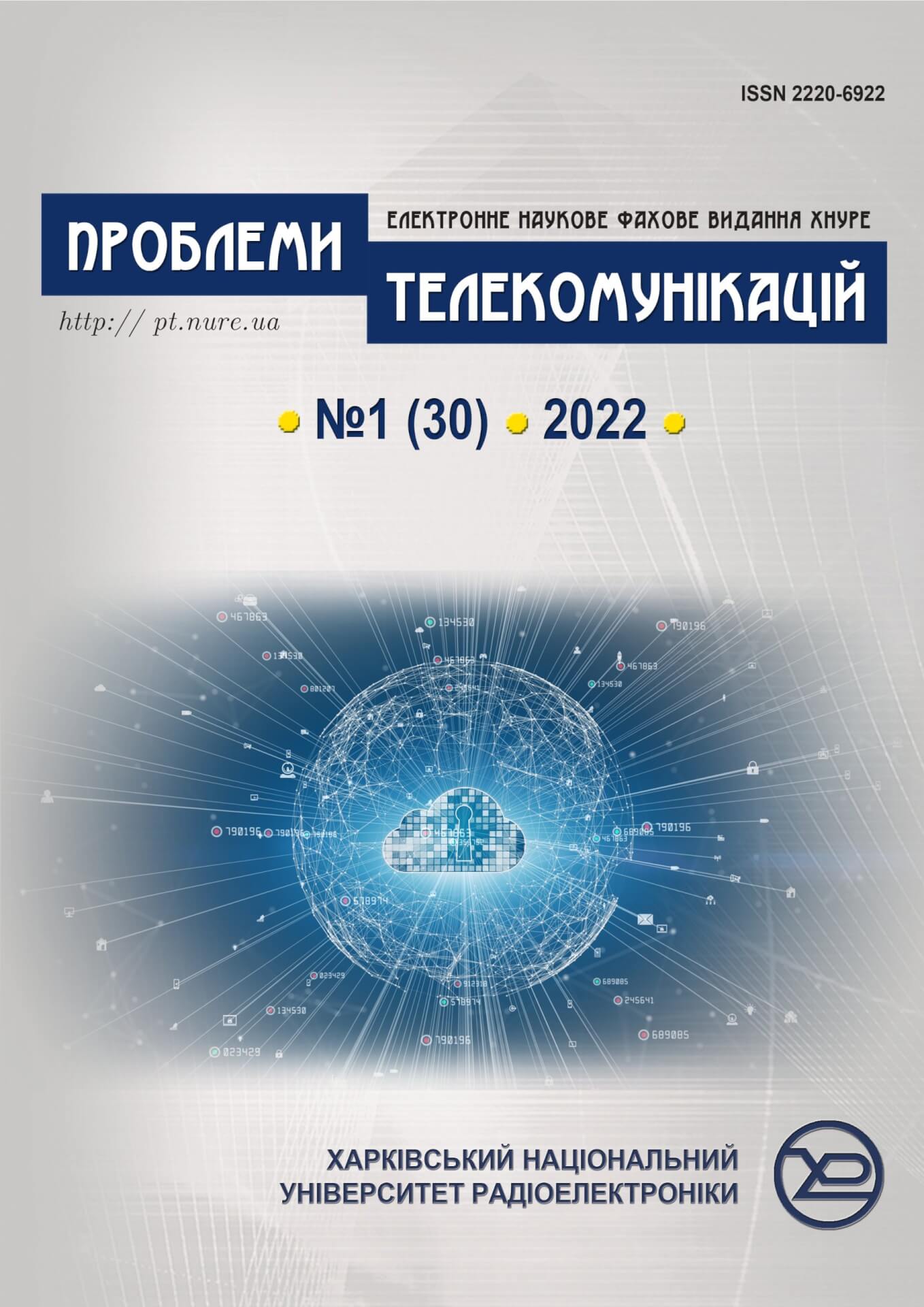Mathematical modeling of the workload processing in the information and communication network
DOI:
https://doi.org/10.30837/pt.2022.1.02Abstract
The functioning of a modern information and communication network is impossible without software, which partially replaces specialized equipment when solving network tasks. These tasks form a workload that needs to be processed by a distributed server infrastructure within the network. There are requirements for each type of workload regarding the quality of its processing (maximum service time, permissible losses, etc.). Thus, there is a need to establish relationships between quality indicators and parameters of the processing system to ensure the fulfillment of these requirements using mathematical modeling. The paper proposes a mathematical model of a distributed workload processing system in the information and communication network as a queuing system. Unlike known models, the proposed model considers the possible variable nature of the input workload arrival rate and parallelization methods that may be applied to the software that implements it. Within the modeling process, a method of transition from a non-stationary non-ordinary incoming queries’ flow to an ordinary stationary flow is proposed. Based on the constructed mathematical model, a complex method of energy-efficient workload processing has been developed. A laboratory experiment has proven the efficiency of the proposed complex method and the mathematical model’s adequacy in its basis.
Downloads
Published
Issue
Section
License

This work is licensed under a Creative Commons Attribution-NonCommercial-ShareAlike 4.0 International License.
Authors who publish with this journal agree to the following terms:- Authors retain copyright and grant the journal right of first publication with the work simultaneously licensed under a Creative Commons Attribution License that allows others to share the work with an acknowledgment of the work's authorship and initial publication in this journal.
- Authors are able to enter into separate, additional contractual arrangements for the non-exclusive distribution of the journal's published version of the work (e.g., post it to an institutional repository or publish it in a book), with an acknowledgment of its initial publication in this journal.
- Authors are permitted and encouraged to post their work online (e.g., in institutional repositories or on their website) prior to and during the submission process, as it can lead to productive exchanges, as well as earlier and greater citation of published work (See The Effect of Open Access).

